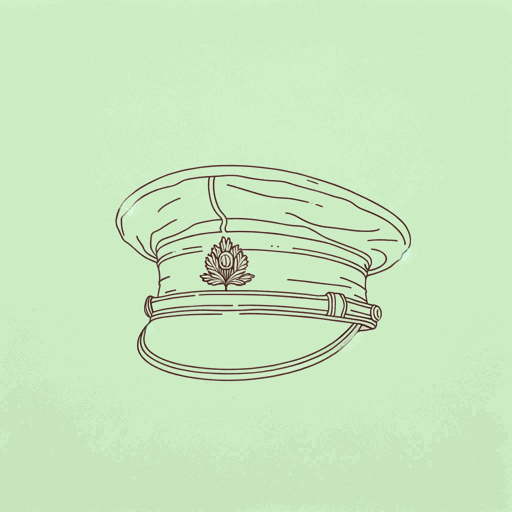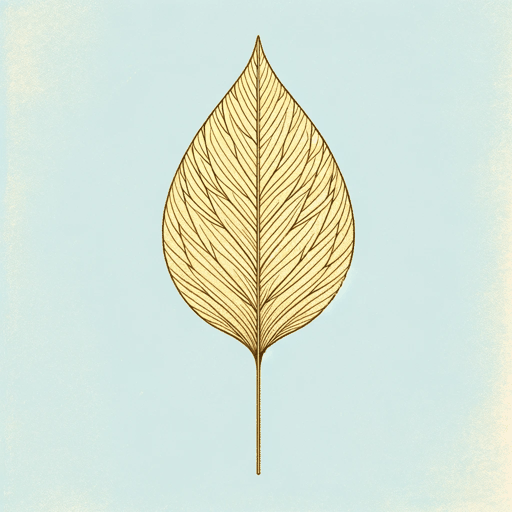85 pages • 2 hours read
Robert GravesGoodbye to All That
Nonfiction | Autobiography / Memoir | YA | Published in 1929A modern alternative to SparkNotes and CliffsNotes, SuperSummary offers high-quality Study Guides with detailed chapter summaries and analysis of major themes, characters, and more. For select classroom titles, we also provide Teaching Guides with discussion and quiz questions to prompt student engagement.
Symbols & Motifs
War Poetry
World War I produced work by many famous poets who served in combat, including Graves, Siegfried Sassoon, and Wilfred Owen, among others mentioned in Graves’s memoir. War poetry served as a way for civilians to better understand the horrors of war but also, depending on the poet's style or subject matter, could be used to justify England's engagement in WWI and the subsequent loss of so many lives. Graves, having been raised by a strongly literate family, took up poetry writing at a young age. He recalls writing his first poem about the hills above Harlech, where his family vacationed. Graves received an invitation to join Charterhouse's Poetry Society, "an anomalous organization" (42), and remains committed to his poetic practice throughout his service. During the war, Graves continues writing poetry and meets a few other soldiers who also write poems, including Siegfried Sassoon. The two men's styles and subject matter—within the context of the war—differ, though. While they both choose to write about war by contrasting it with peace, Graves does this with images of "children" (232), while Sassoon does it with "hunting, nature, music, and pastoral scenes" (232).
Related Titles
By Robert Graves



